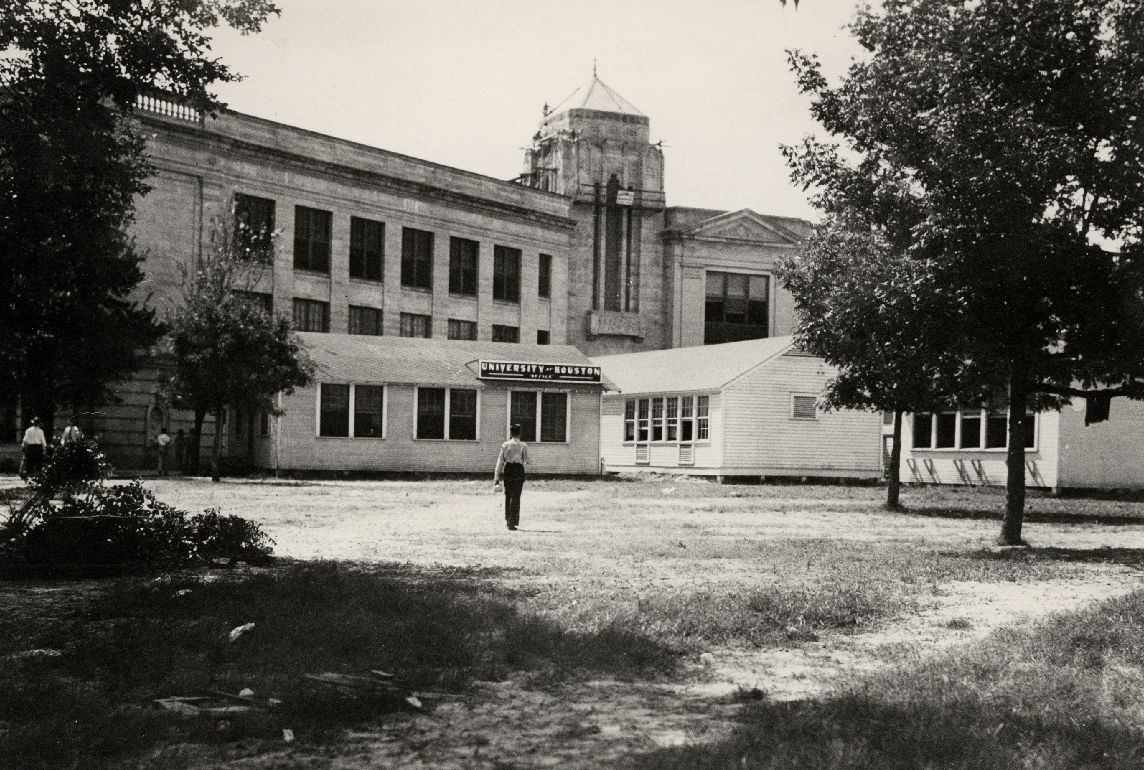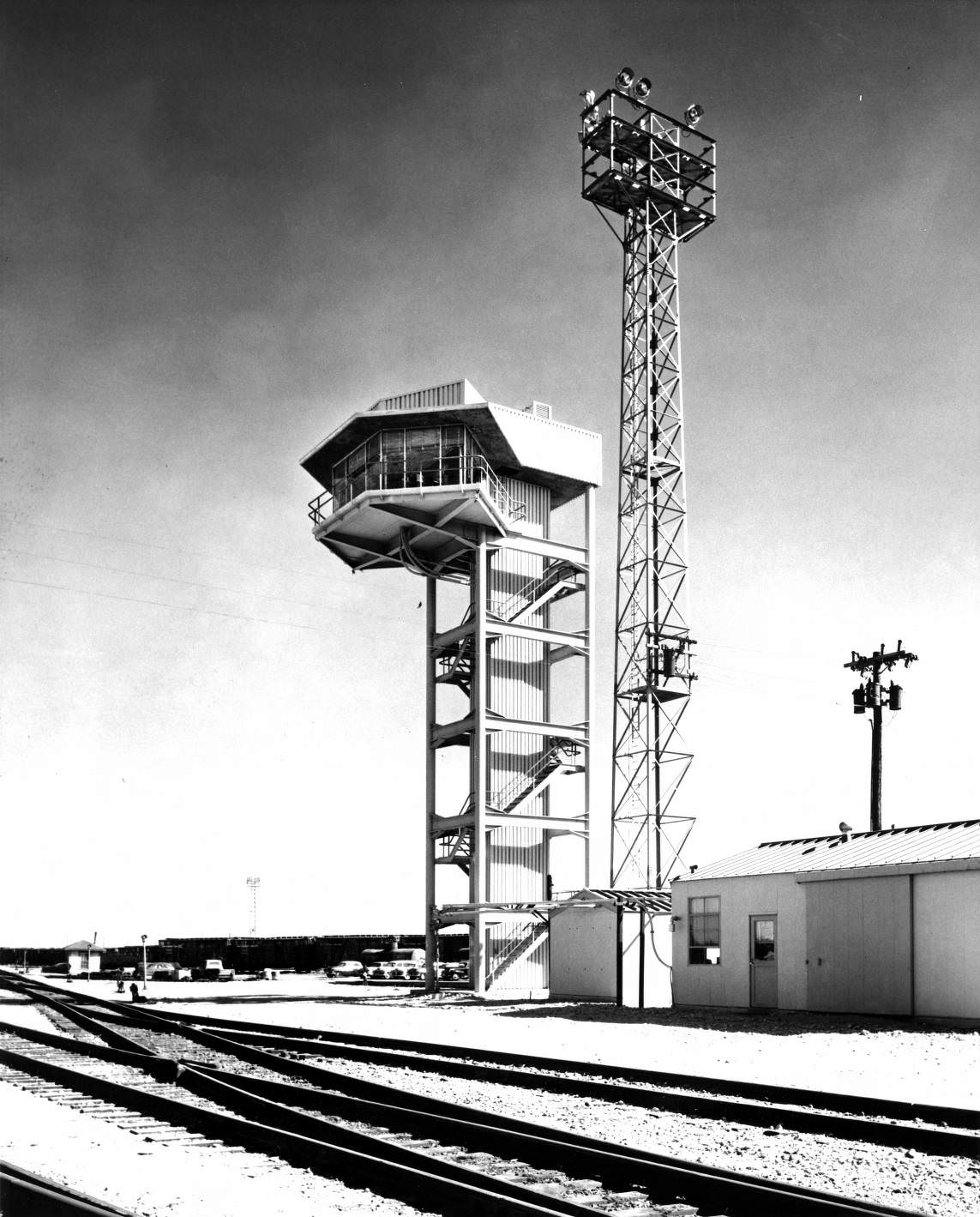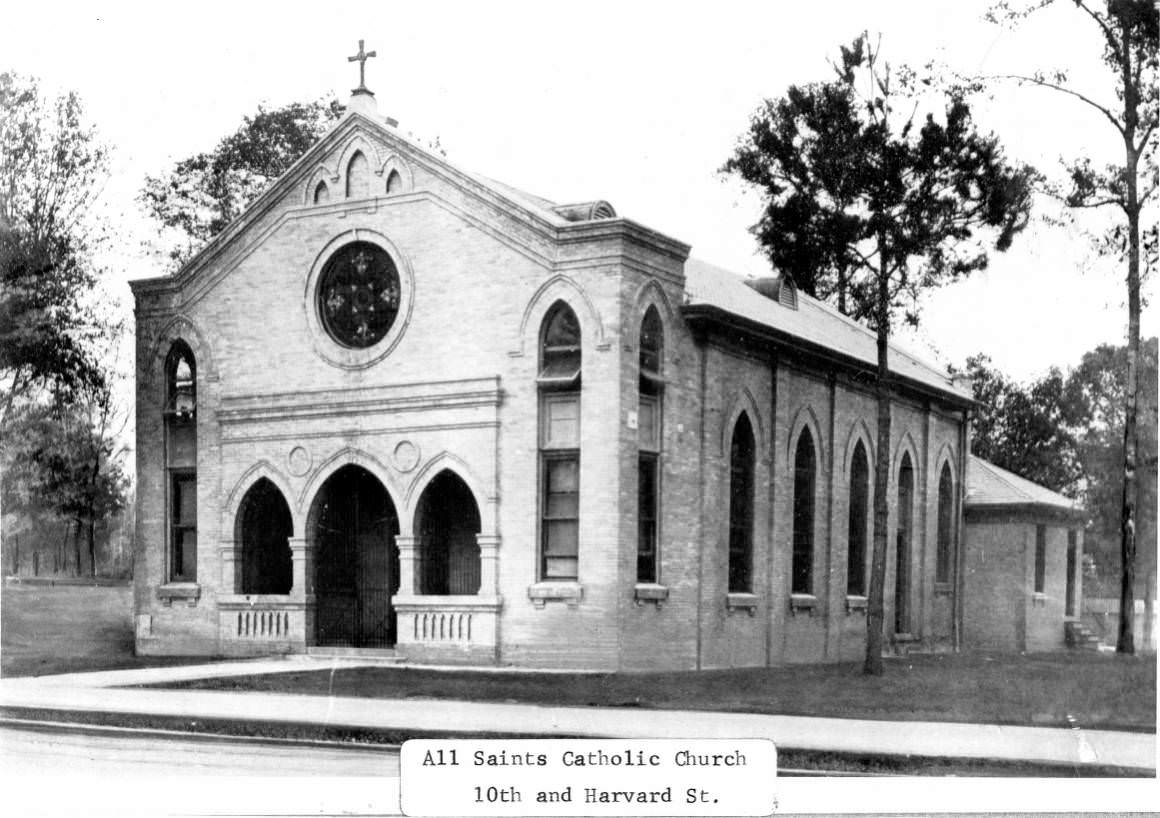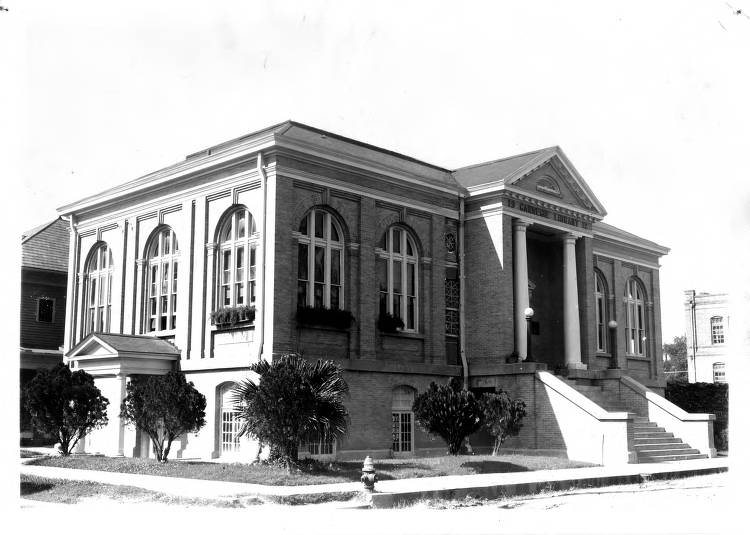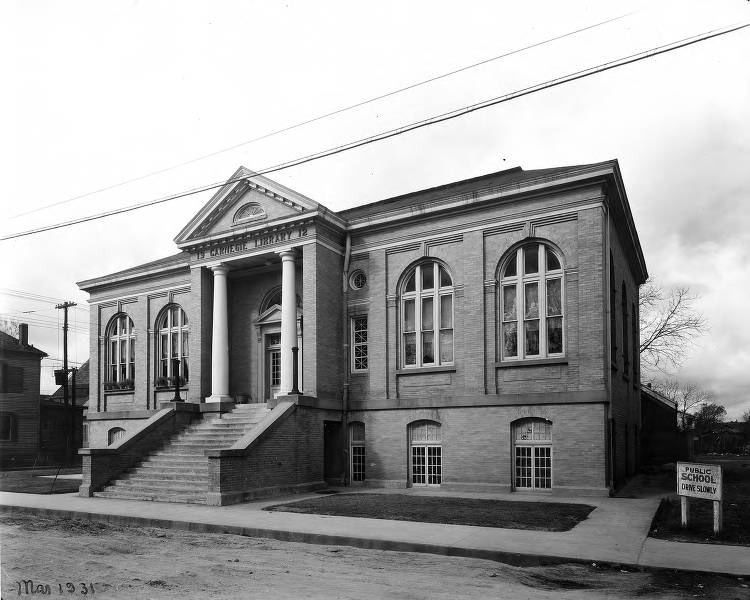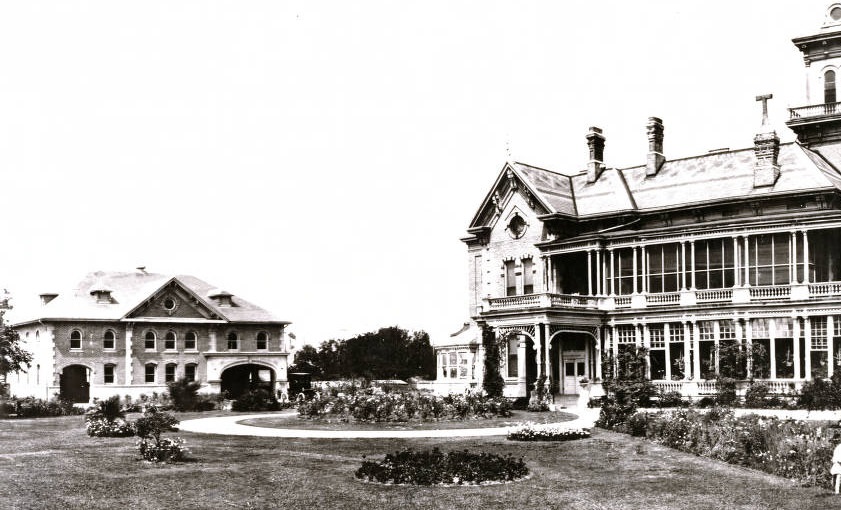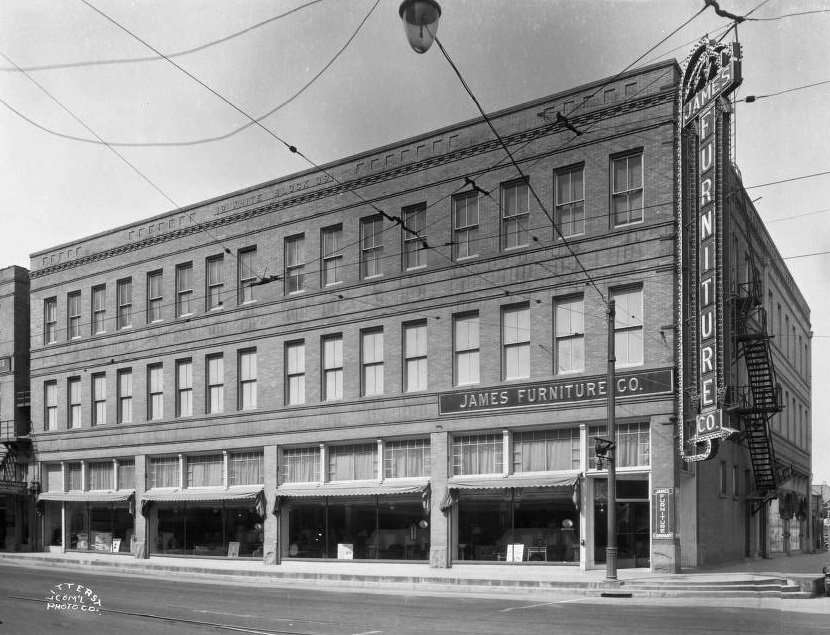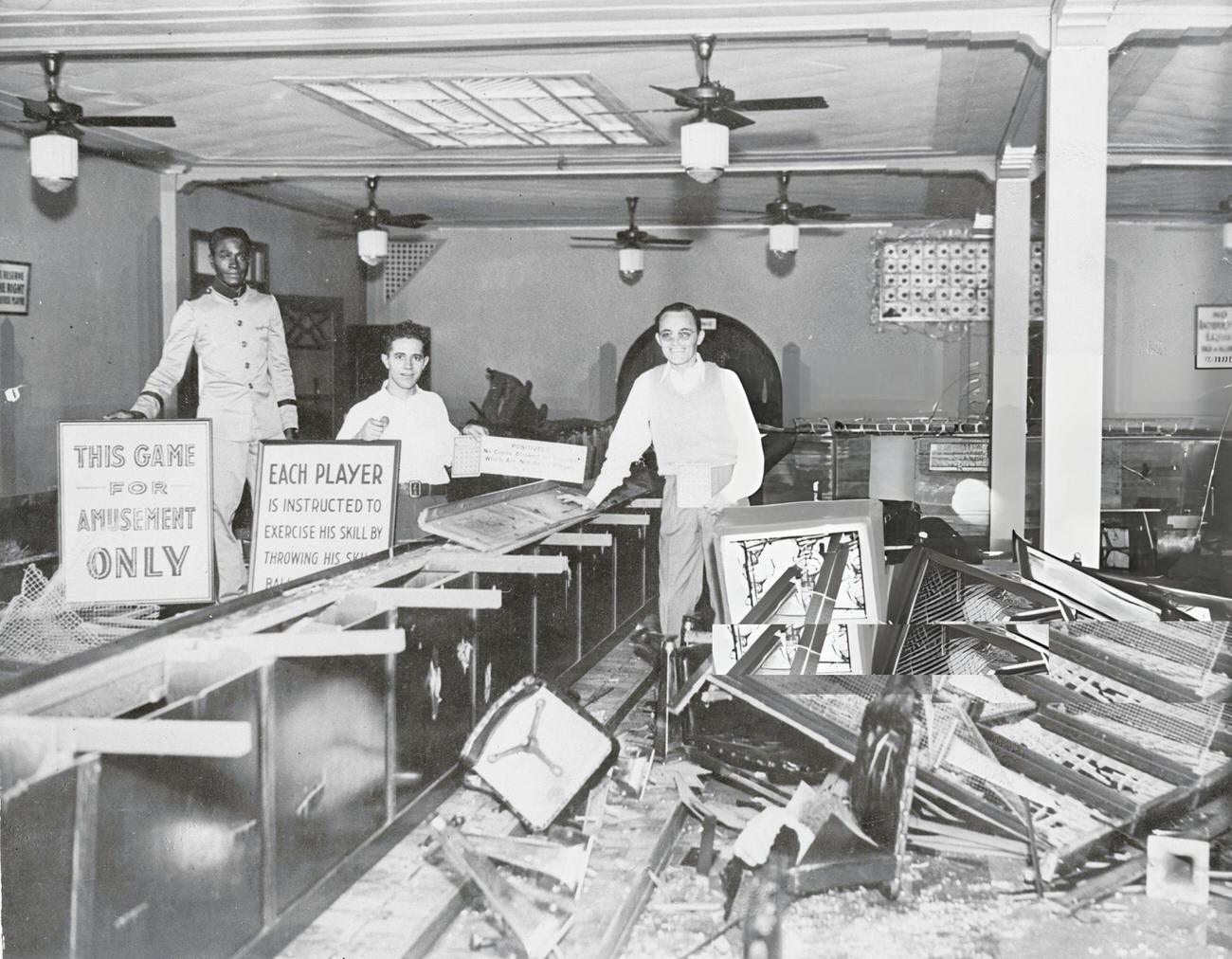The 1930s weren’t easy times for most of America. The Great Depression cast a long shadow, but Houston managed to shine through the hardship. The city grew and changed in exciting ways, becoming a hub of activity and opportunity. Let’s take a trip back in time and explore what made Houston tick in the 1930s.
Houston wasn’t always the sprawling metropolis it is today. Back in the 1930s, the city was still finding its footing, but it was growing fast. New neighborhoods like River Oaks and Garden Villas popped up, offering fancy homes for the well-to-do. Meanwhile, more modest houses sprung up in places like the Heights and Montrose, drawing in families looking for a fresh start.
The city’s skyline started to change too. The iconic Niels Esperson Building, with its beautiful Art Deco style, became the tallest building in Texas when it was finished in 1927. Other skyscrapers like the Gulf Building soon joined it, creating a skyline that showed Houston meant business..
Read more
Oil, Ships, and the Port: The Engine of Growth
Houston’s growth wasn’t just by chance. The discovery of oil in nearby fields like Spindletop in the early 1900s had set things in motion. By the 1930s, the oil industry was booming, and Houston became the center of it all. Refineries and oil companies set up shop, bringing jobs and money to the city.
The Houston Ship Channel was another key player in the city’s success. This waterway connected Houston to the Gulf of Mexico, making it a major port for shipping and trade. Goods from all over the world flowed in and out, further boosting the economy.
Life in 1930s Houston
Even with the Depression, Houstonians found ways to enjoy life. Families spent their evenings gathered around the radio, listening to popular shows like “The Lone Ranger” and “Amos ‘n’ Andy.” When they wanted to get out of the house, a trip to the movies was a popular choice. The Metropolitan Theater, with its grand architecture and ornate decorations, was the place to see the latest Hollywood films.
For a taste of the outdoors, Hermann Park offered a peaceful escape. People could stroll through the gardens, paddle around McGovern Lake, or visit the Houston Zoo, which had opened its doors in 1922.
Shopping and Entertainment
Downtown Houston was the heart of the city’s shopping scene. Department stores like Foley’s and Sakowitz offered everything from clothing and furniture to toys and the latest gadgets. Smaller shops lined the streets, selling everything you could imagine.
When it came to food, Houstonians had plenty of options. Barbecue joints like Lenox Bar-B-Q served up smoky ribs and brisket, while places like Christie’s Seafood offered fresh catches from the Gulf. For a sweet treat, there was always Blue Bell ice cream, a Texas favorite that started in Brenham in 1907.



